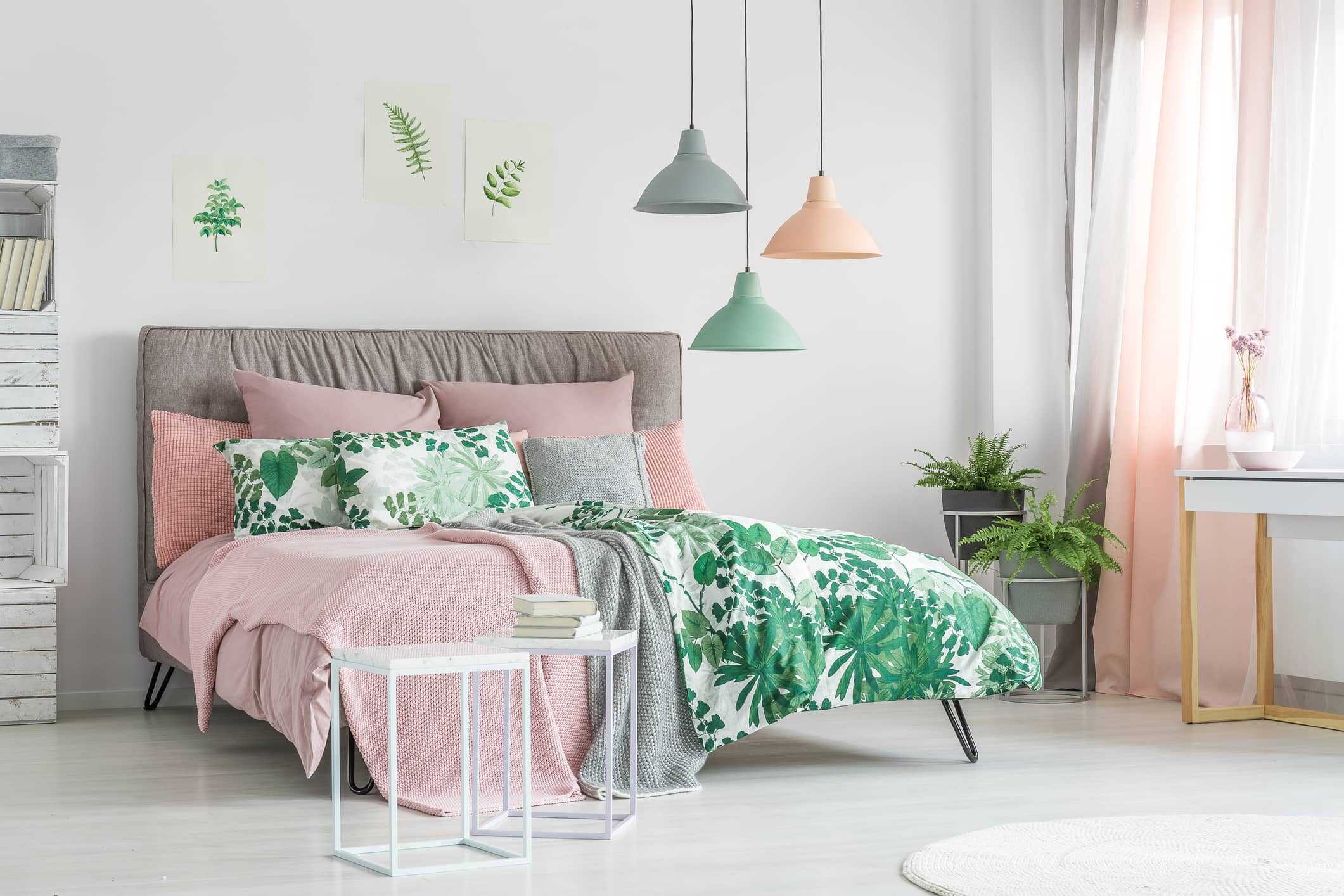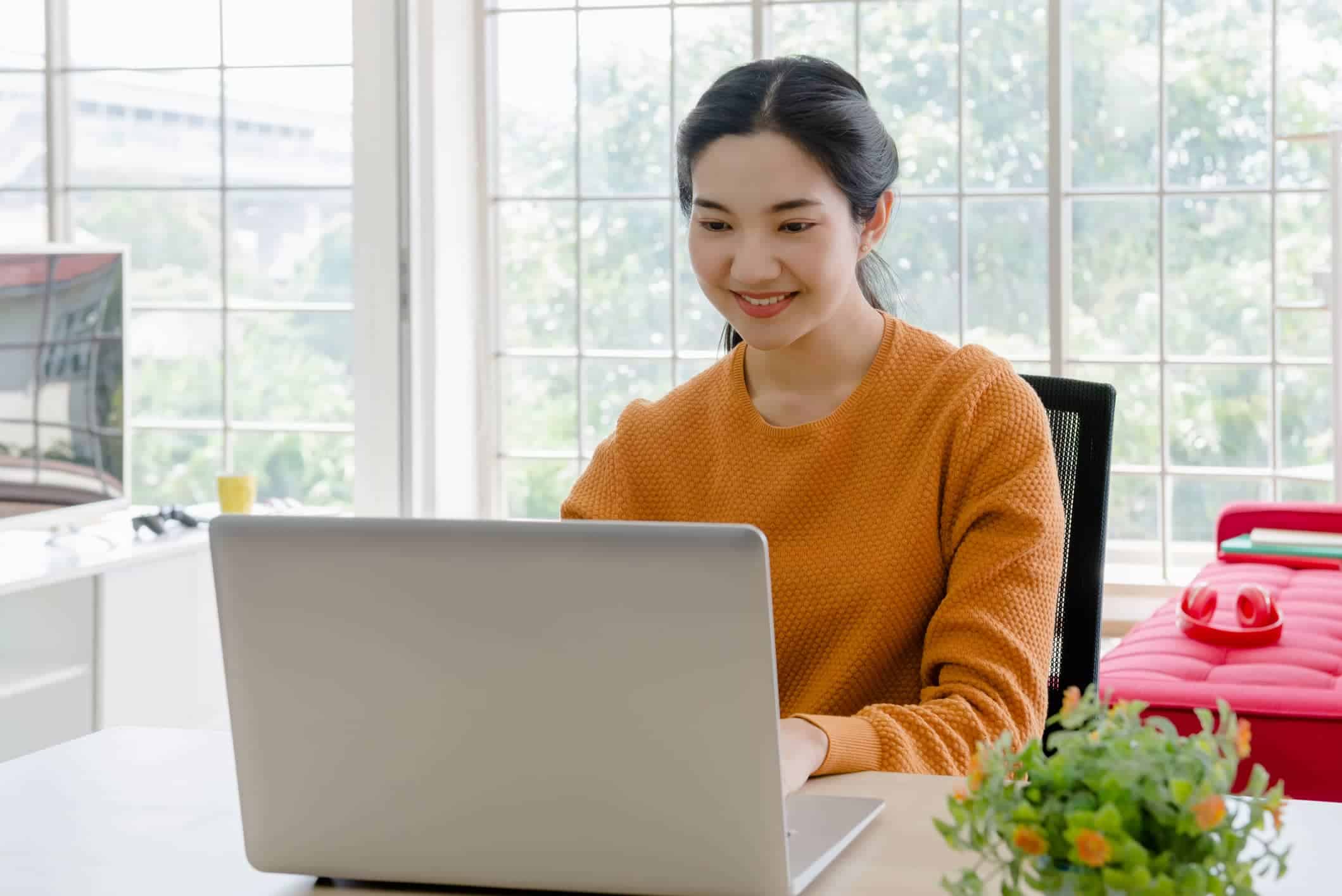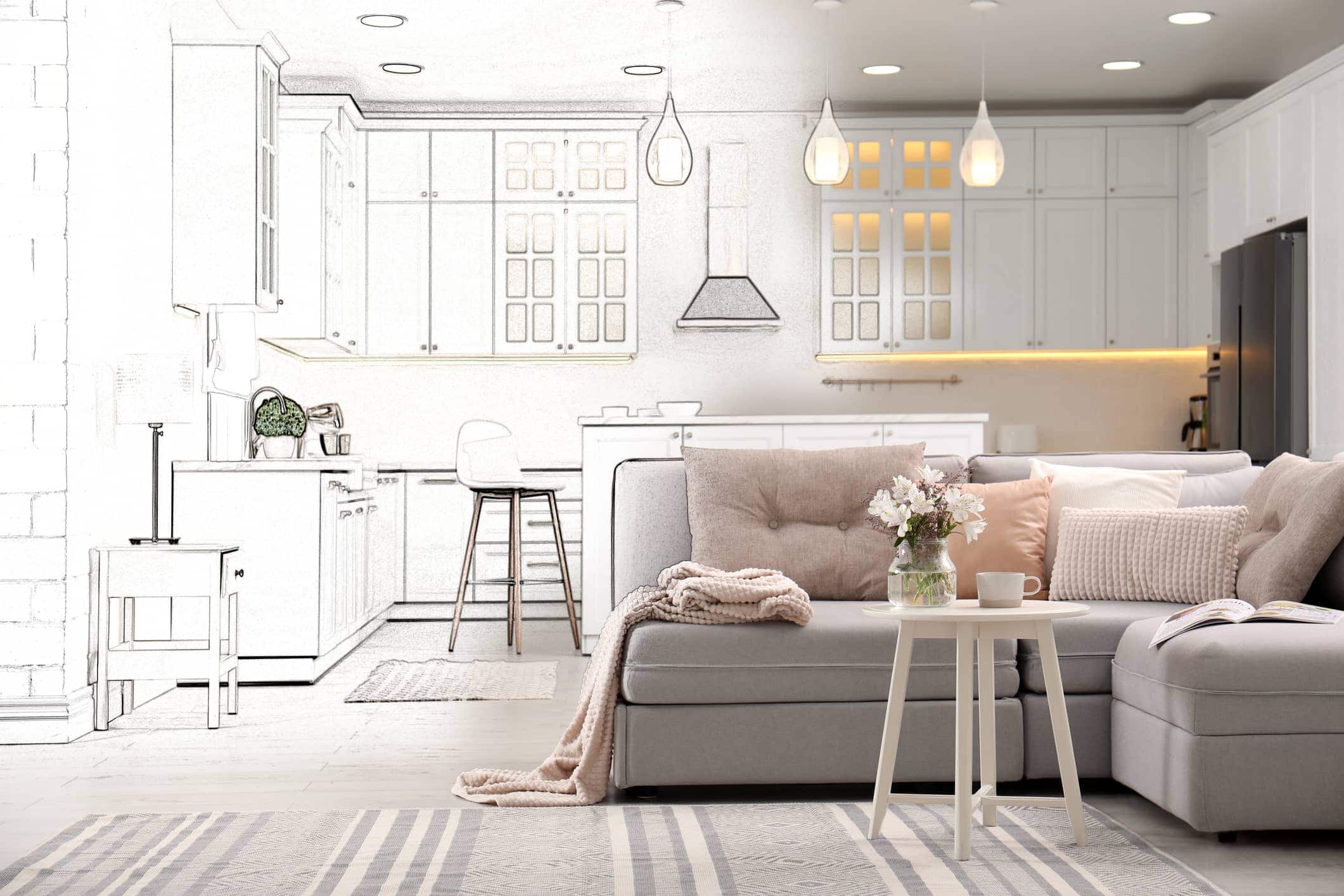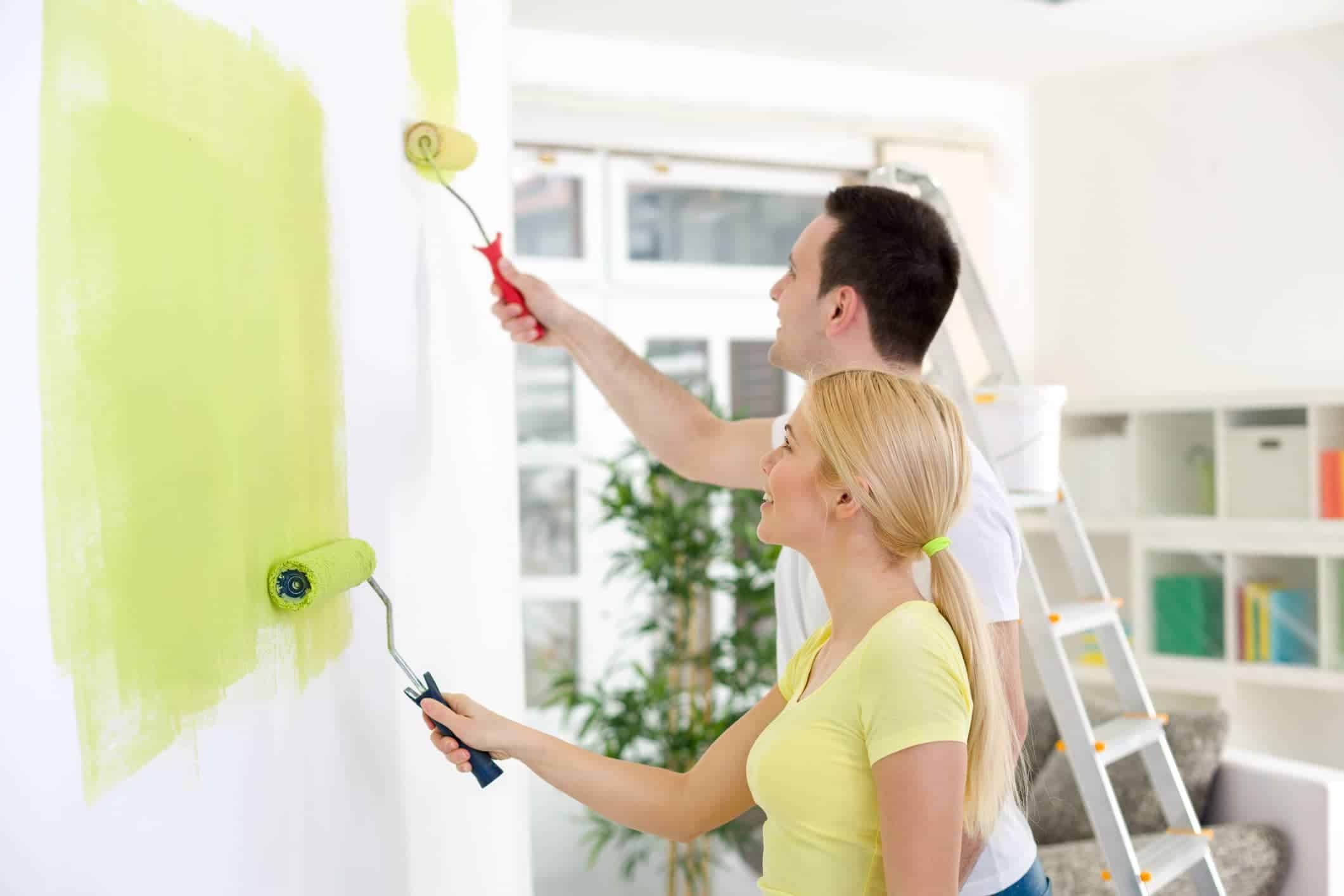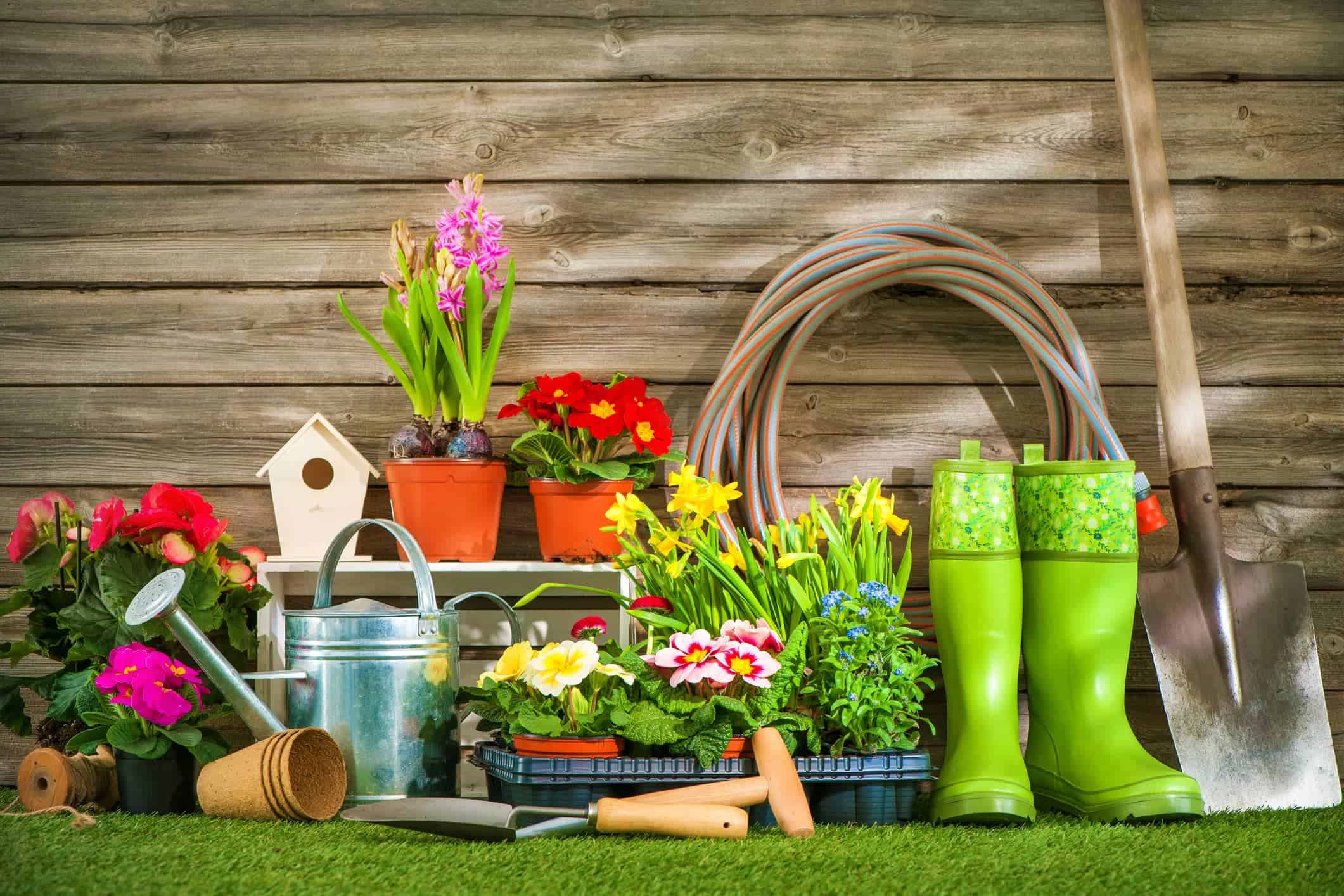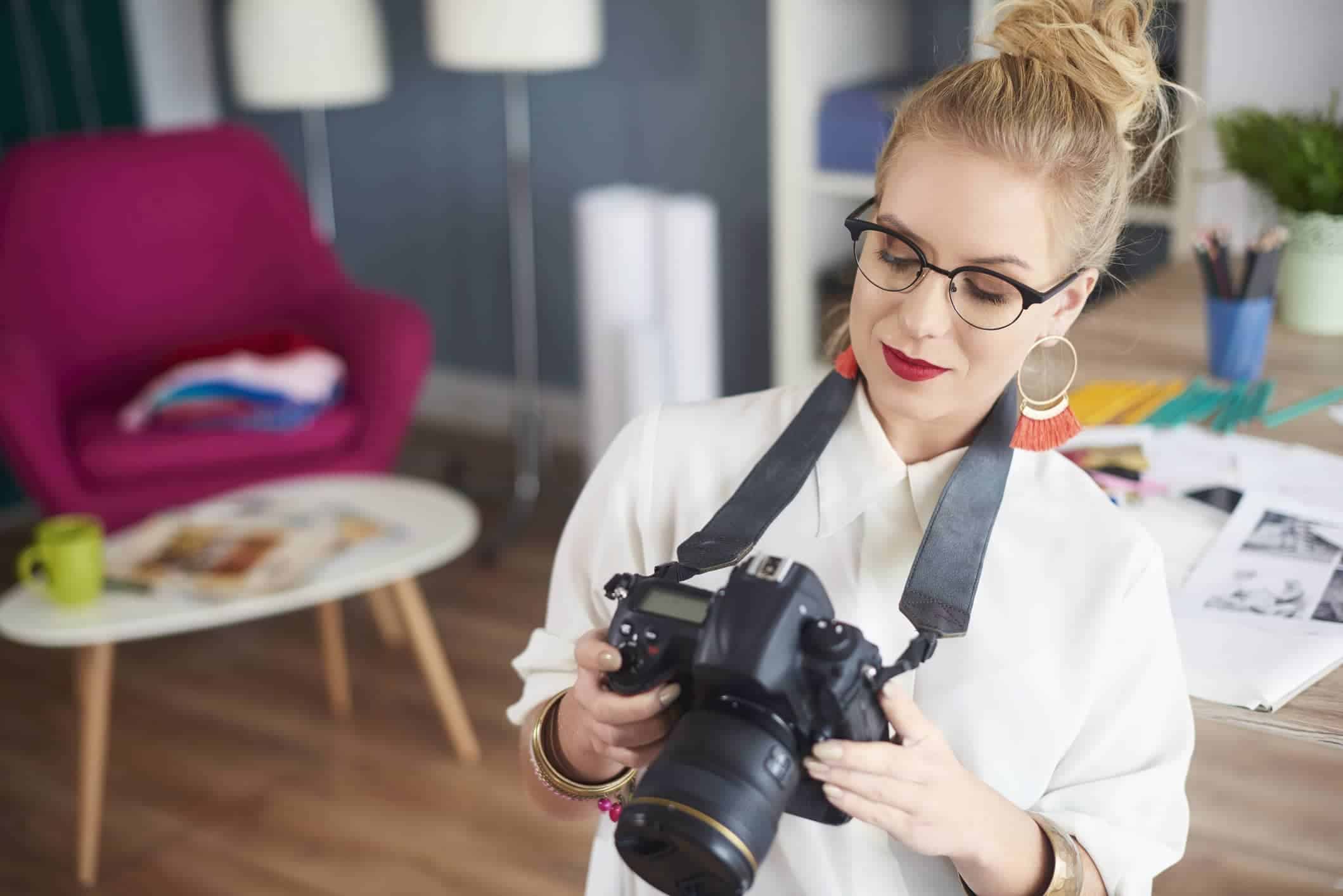The Importance of Staging in Real Estate
Staging is more than just decorating; it’s about creating a welcoming, aspirational environment that helps buyers envision themselves living in the space. Here are some key reasons why staging is crucial:
- First Impressions Matter: Staging helps make a positive first impression, which is critical since buyers often decide whether they’re interested in a property within the first few minutes of seeing it.
- Highlighting Potential: Proper staging can highlight the potential of the space, making small rooms look larger, awkward layouts more functional, and empty spaces more inviting.
- Emotional Connection: Staging helps create an emotional connection, allowing buyers to imagine their lives in the home.
- Competitive Edge: A well-staged home stands out in listings and viewings, giving you a competitive edge in the market.
- Faster Sale and Higher Price: Staged homes tend to sell faster and for higher prices compared to non-staged homes.
Preparing Your Home for Staging
Before you start staging, you need to prepare your home. This preparation is crucial to ensure that the staging process is effective.
Decluttering
Decluttering is the first and most critical step in staging. A clutter-free home appears more spacious and allows potential buyers to focus on the property itself rather than the personal belongings of the current owner.
- Remove Personal Items: Take away family photos, personal collections, and other personal items. This helps buyers visualize the space as their own.
- Reduce Furniture: Too much furniture can make a room feel crowded. Keep only essential pieces that enhance the space.
- Organize Storage Areas: Closets, pantries, and cabinets should be tidy and organized. Buyers will likely look in these spaces, and cluttered storage areas can suggest a lack of space.
Cleaning
A clean home is essential. It shows buyers that the property has been well-maintained.
- Deep Clean: Clean every part of the house, including windows, floors, carpets, and walls. Pay special attention to kitchens and bathrooms.
- Eliminate Odors: Make sure the home smells fresh. Eliminate any pet odours, cooking smells, or musty scents. Consider using mild, pleasant scents like fresh linen or light citrus.
Repairs and Maintenance
Addressing any maintenance issues and making minor repairs can significantly impact the appeal of your home.
- Fix Visible Issues: Repair leaky faucets, squeaky doors, chipped paint, and any other minor defects.
- Update Fixtures: Replacing outdated light fixtures, cabinet handles, and faucets can modernize the home without significant expense.
- Consider Paint Touch-Ups: A fresh coat of paint in a neutral colour can make the home look clean and new.
Essential Staging Strategies
Once your home is decluttered, cleaned, and repaired, it’s time to start staging. Here are some essential strategies to consider:
1. Focus on Key Rooms
Not all rooms have the same impact on buyers. Focus your staging efforts on the most important areas of the house:
- Living Room: The living room is often the first space buyers see and sets the tone for the rest of the home. Make it inviting and functional.
- Kitchen: The kitchen is a major selling point for many buyers. Highlight its functionality and style.
- Master Bedroom: Create a relaxing, serene atmosphere in the master bedroom.
- Dining Room: Set the dining room to showcase its potential for entertaining.
- Bathrooms: Make bathrooms feel fresh, clean, and spa-like.
- Outdoor Spaces: Don’t forget to stage outdoor areas like patios, decks, and gardens.
2. Use Neutral Colors
Neutral colours appeal to the broadest range of buyers and make spaces look larger and brighter.
- Walls and Trim: Paint walls and trim in neutral shades like white, beige, or light grey.
- Furniture and Decor: Use neutral colours for large furniture pieces and add pops of colour with accessories like pillows, throws, and artwork.
3. Create a Cohesive Look
A cohesive look throughout the house makes it feel harmonious and well-planned.
- Consistent Style: Stick to a consistent style in terms of furniture and decor. Whether it’s modern, traditional, or transitional, consistency is key.
- Colour Scheme: Use a consistent colour scheme throughout the home to create a unified look.
4. Maximize Space
Make each room look as spacious as possible.
- Furniture Arrangement: Arrange furniture to maximize space and create clear pathways. Avoid blocking windows and doors.
- Mirrors: Use mirrors strategically to reflect light and create a sense of space.
- Lighting: Ensure each room is well-lit with a combination of natural light, overhead lighting, and lamps.
5. Highlight Focal Points
Identify and highlight the focal points in each room.
- Fireplaces: Arrange furniture around fireplaces to make them a central feature.
- Views: If the home has great views, ensure windows are clean and unobstructed.
- Architectural Features: Highlight built-in bookcases, exposed beams, or other unique architectural features.
Room-by-Room Staging Tips
Living Room
The living room is a key area for creating a welcoming atmosphere.
- Furniture Arrangement: Arrange furniture to promote conversation and flow. Use area rugs to define seating areas.
- Decor: Use stylish but not overly personalized decor. Add a few well-chosen accessories like vases, coffee table books, and plants.
- Lighting: Use a combination of overhead lighting, floor lamps, and table lamps to create a warm, inviting ambience.
Kitchen
The kitchen is one of the most important rooms in the house and can be a major selling point.
- Countertops: Keep countertops clean and clear of clutter. Add a few decorative items like a bowl of fresh fruit, a vase of flowers, or a cookbook.
- Cabinets: Organize cabinets and consider open shelving with neatly arranged dishes and glassware.
- Appliances: Ensure all appliances are clean and in good working order. If they’re outdated, consider inexpensive upgrades or replacements.
- Lighting: Use under-cabinet lighting and bright overhead lights to make the kitchen look bright and functional.
Master Bedroom
The master bedroom should feel like a retreat.
- Bedding: Use high-quality, neutral bedding. Add throw pillows and a blanket for a touch of luxury.
- Furniture: Keep furniture minimal and functional. A bed, nightstands, and a dresser are usually sufficient.
- Decor: Add tasteful artwork, lamps, and a few accessories to create a serene atmosphere.
- Closet: Organize the closet to showcase its storage capacity. Consider adding a few decorative storage boxes.
Dining Room
The dining room should showcase its potential for entertaining.
- Table Setting: Set the table with attractive place settings, including plates, glasses, and silverware. Add a centrepiece like a vase of flowers or a bowl of fruit.
- Furniture Arrangement: Ensure there’s enough space around the table for movement. Use a rug to define the dining area.
- Lighting: Use a chandelier or pendant light over the table to create a focal point.
Bathrooms
Bathrooms should feel clean, fresh, and spa-like.
- Cleanliness: Ensure all surfaces are spotless. Clean mirrors, sinks, toilets, and showers thoroughly.
- Towels: Use new, fluffy towels in neutral colours. Arrange them neatly on towel racks.
- Accessories: Add a few spa-like accessories, such as candles, a small plant, or decorative soap.
- Lighting: Use bright, flattering lighting. Consider adding a dimmer switch for a more luxurious feel.
Outdoor Spaces
Don’t neglect outdoor areas, as they can be a significant selling point.
- Patio/Deck: Arrange outdoor furniture to create an inviting outdoor living space. Add cushions, a rug, and potted plants for a cozy atmosphere.
- Garden: Ensure the garden is well-maintained. Trim hedges, mow the lawn, and add some colourful flowers.
- Lighting: Use outdoor lighting to highlight features and create a welcoming ambience.
Advanced Staging Techniques
For those looking to take staging to the next level, here are some advanced techniques to consider:
Virtual Staging
Virtual staging involves using digital technology to add furniture and decor to photos of empty rooms. This can be a cost-effective way to show the potential of a space without physically staging it.
- Professional Services: Consider hiring a professional virtual staging service to create realistic, high-quality images.
- Software: There are also software options available if you prefer a DIY approach.
Rent Furniture
If you don’t have the right furniture for staging, consider renting it.
- Rental Companies: Many companies specialize in furniture rental for staging. They can provide stylish, coordinated pieces that enhance your home’s appeal.
- Short-Term Rentals: Look for companies that offer short-term rentals to minimize costs.
Use of Color Psychology
Colour psychology involves using colours to evoke specific emotions and create desired effects.
- Warm Colors: Colors like red, orange, and yellow can create a warm, inviting atmosphere.
- Cool Colors: Colors like blue, green, and purple can create a calming, relaxing environment.
- Accent Colors: Use accent colours to draw attention to key features and add visual interest.
Measuring the Effectiveness of St### Measuring the Effectiveness of Staging
Staging a property is an investment, and it’s important to measure its effectiveness to understand the impact on the sale. Here are some ways to gauge whether your staging efforts are paying off:
Feedback from Potential Buyers
One of the most direct ways to measure the effectiveness of staging is through feedback from potential buyers. This can be gathered informally through open house comments or formally through follow-up surveys.
- Open House Comments: Listen to what visitors say during and after their tour. Positive comments about the appearance and feel of the home are good indicators that staging is effective.
- Follow-Up Surveys: After showings, consider sending a brief survey to realtors and potential buyers to get their opinions on the staging.
Comparative Market Analysis (CMA)
A Comparative Market Analysis (CMA) can help you understand how your staged home compares to similar properties in your area.
- Before and After Staging: Compare the listing performance (views, inquiries, offers) of your home before and after staging.
- Similar Properties: Look at how other similar homes in your neighbourhood are performing. If your staged home is attracting more interest, it’s a good sign that staging is effective.
Time on Market
One of the most tangible metrics to measure the effectiveness of staging is the time it takes to sell the property.
- Average Time: Compare the time your home spends on the market to the average time for homes in your area.
- Reduction in Time: If staging significantly reduces the time your home is on the market, it’s a clear indication that staging has made a positive impact.
Sale Price
Ultimately, the goal of staging is to achieve a higher sale price. Compare the final sale price to your expectations and to the sale prices of comparable homes.
- Price Increase: A higher sale price compared to similar, unstaged homes indicates effective staging.
- Return on Investment (ROI): Calculate the ROI by comparing the cost of staging to the increase in sale price. A high ROI confirms the value of staging.
Common Staging Mistakes to Avoid
While staging can greatly enhance the appeal of a home, certain mistakes can undermine your efforts. Here are some common staging mistakes to avoid:
Over-Staging
Over-staging can make a home feel artificial or overly decorated, which can distract potential buyers from the property’s features.
- Keep It Simple: Use furniture and decor to highlight the home’s features without overwhelming the space.
- Avoid Excessive Accessories: Too many accessories can clutter the space and make it feel smaller.
Ignoring Small Details
Small details can make a big difference in the overall impression of the home.
- Personal Items: Ensure all personal items, including family photos and personal collections, are removed.
- Cleanliness: Maintain a high level of cleanliness at all times. Dust, dirt, and clutter can be off-putting to buyers.
Inconsistent Style
An inconsistent style can make the home feel disjointed and uncoordinated.
- Cohesive Look: Ensure a cohesive look throughout the home by sticking to a consistent style and colour scheme.
- Flow: Create a sense of flow from room to room, making the home feel unified and harmonious.
Neglecting Curb Appeal
Curb appeal is the first impression buyers get of your home, and neglecting it can deter potential buyers from even stepping inside.
- Exterior Maintenance: Keep the lawn mowed, bushes trimmed, and walkways clear.
- Front Entrance: Make the front entrance inviting with a fresh coat of paint on the door, a new welcome mat, and potted plants.
DIY vs. Professional Staging
Deciding whether to stage your home yourself or hire a professional stager depends on various factors, including budget, time, and expertise.
DIY Staging
DIY staging can be a cost-effective option if you have a good eye for design and are willing to put in the time and effort.
- Budget-Friendly: Save money by using your existing furniture and decor, or making small purchases as needed.
- Personal Touch: Maintain control over the staging process and incorporate your personal touch.
- Flexibility: Work on your own schedule without having to coordinate with a stager.
Professional Staging
Hiring a professional stager can provide significant advantages, especially if you lack design expertise or time.
- Expertise: Benefit from the stager’s knowledge of design trends and buyer preferences.
- Quality Results: Achieve a polished, professional look that can appeal to a wide range of buyers.
- Time-Saving: Save time and effort by leaving the staging process to the professionals.
Staging a property with furniture is a powerful strategy for selling a house. By presenting your home in the best possible light, you can attract more potential buyers, create a strong first impression, and ultimately achieve a higher sale price. Whether you choose to stage your home yourself or hire a professional, the key is to highlight the property’s strengths, create an inviting atmosphere, and help buyers visualize themselves living in the space.
By following the tips and techniques outlined in this guide, you can successfully stage your home and enhance its marketability. Remember, the goal of staging is to make your home stand out in the competitive real estate market and ensure a smooth, profitable sale.
